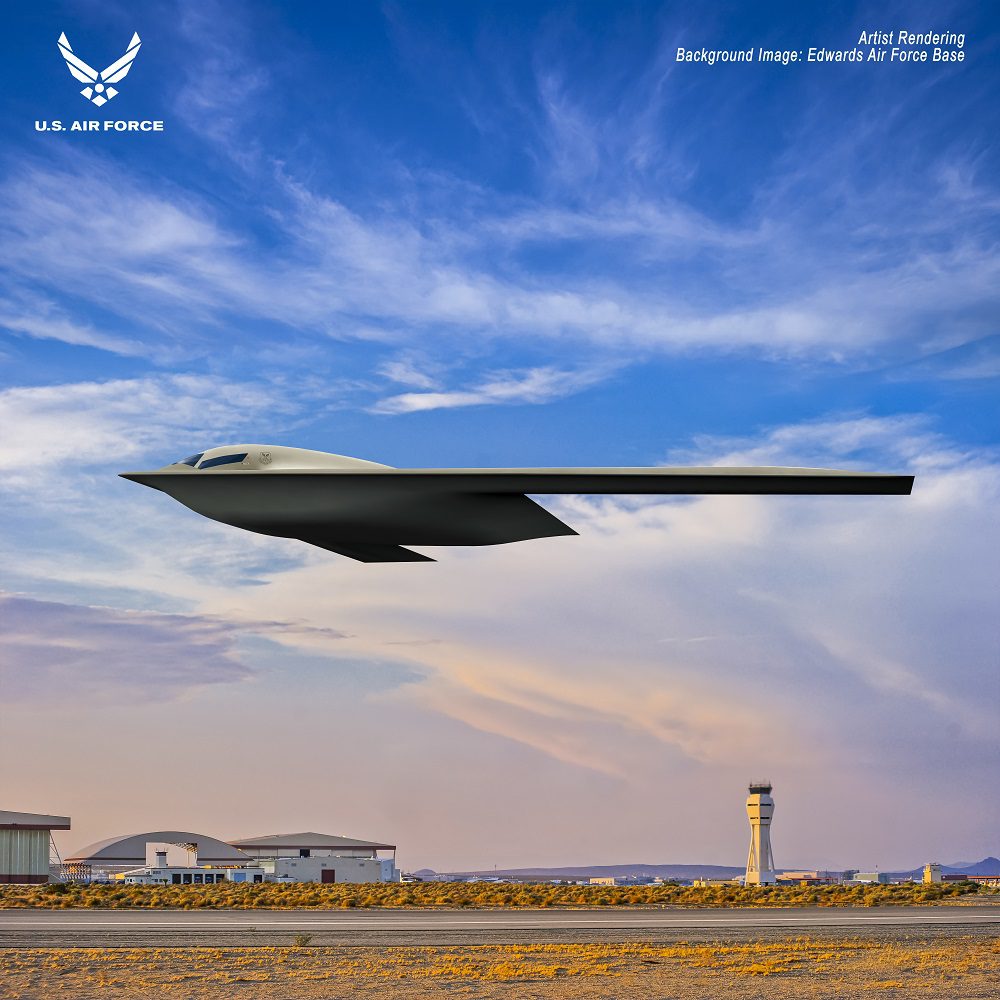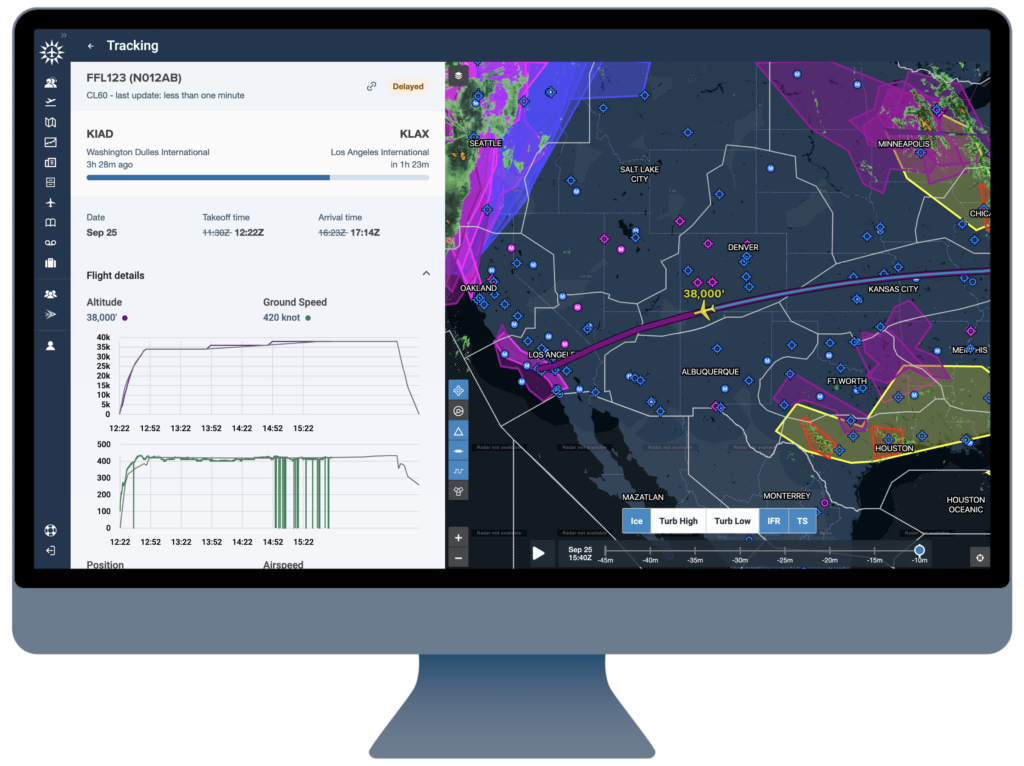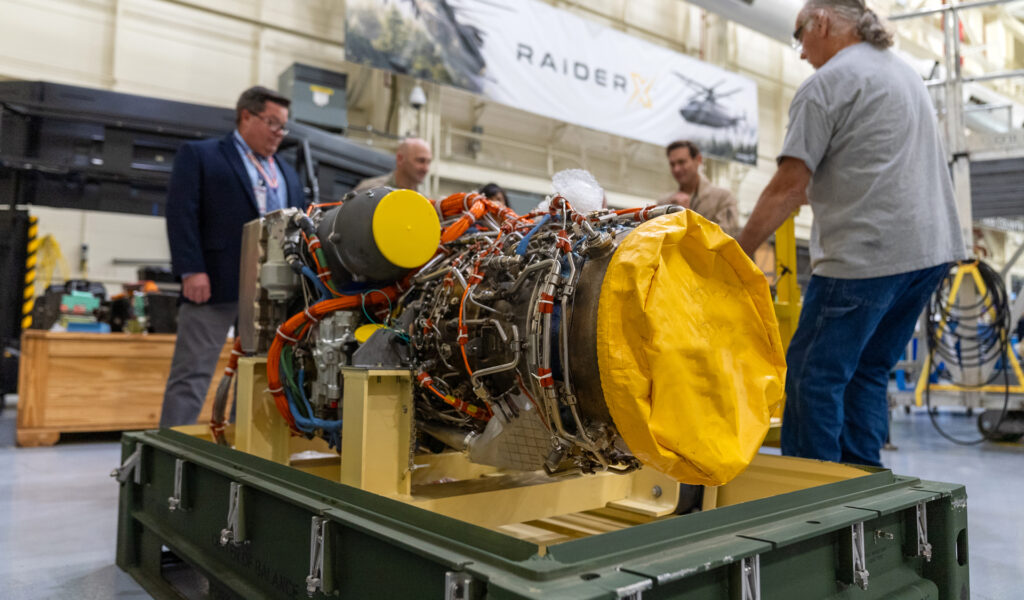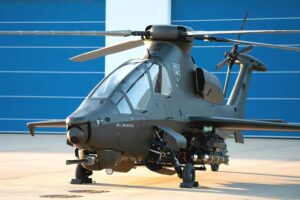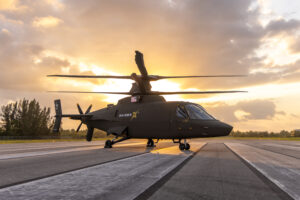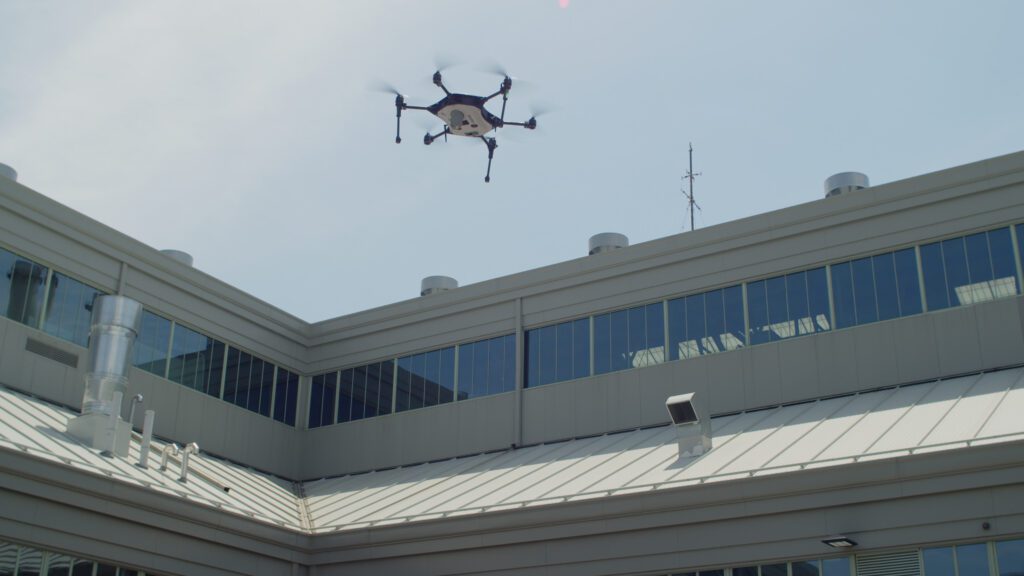Toll Aviation and Shield AI Bring V-Bat Drone To Australia

Toll Aviation and Shield AI, have teamed up to bring the the V-BAT vertical takeoff and landing drone to Australia.
The Group 3 unmanned aerial system (UAS), is a tail-sitting, fixed-wing drone already in use with the U.S. Navy and was a contender for the U.S. Army’s Future Tactical UAS, or FTUAS.
It is useful for search & rescue, climate surveillance, biosecurity protection, and disaster management, including flood response and advanced autonomous fire detection.
“This Teaming Agreement heralds the next chapter in uncrewed system employment and deployment in Australia,” Toll Aviation General Manager Colin Gunn said. “It brings together two innovative and future-thinking organisations to deliver ground-breaking capability to Australian end users, supported by a growing swathe of Australian sovereign technologies. This is an entire step up, and forward, in technology across the civilian and Defense UAS sector.”
The V-Bat can carry multi-mission payloads to meet a broad array of civil and defense mission requirements and is designed with an open architecture network backbone that will accept emerging apps and payloads.
Training and operations will be conducted in Australia, by domestic aircrew, under an Australian ReOC training approval or equivalent military training program. That will enable clients to receive relevant CASA licensing and operational approvals within the 150kg VTOL systems, paving the way for domestic operations in approved civil and military airspace.
Toll Aviation will conduct flight demonstrations of the V-Bat in the first half of 2024 from several locations in Australia. In February, Toll and Shield AI will conduct a full V-BAT operator and maintainer type endorsement course at the ACE Training Centre in Sydney, with flight serials intended to be conducted in New South Wales and Queensland airspace.
The partnership will see Toll Aviation and Shield AI focus on future collaboration opportunities with Australian-based technology leaders, the companies said in a joint statement. Recently Shield AI and Australian company Sentient Vision, announced cooperation to jointly develop and integrate a ViDAR-enabled, wide-area search capability onto the V-BAT.
ViDAR is Sentient’s artificial intelligence (AI) system that uses an electro-optic infrared (EO/IR) sensor to detect and classify targets.
Hivemind, the AI and autonomy backbone of Shield AI, could provide advanced capability to approved operators in Australia in degraded environments, the company said.
“This team and this platform collectively deliver great potential for a shared service model, supporting multiple Government agencies, delivering value for money capability and improving national response and resilience capabilities,”Gunn added.
V-BAT beat out 13 competitors to win the Navy and SOCOM MTUAS Increment 2 Program of Record. Its unique design and controls allow it to take off & land in high winds, on crowded flight decks, aboard moving vessels with landing zones as small as 12’ x 12’.
The company has said the UAS are deployed in 14 time zones and operate around the clock. The aircraft take off and land vertically but fly horizontally like a fixed-wing aircraft.
—————
Boost Internet Speed–
Free Business Hosting–
Free Email Account–
Dropcatch–
Free Secure Email–
Secure Email–
Cheap VOIP Calls–
Free Hosting–
Boost Inflight Wifi–
Premium Domains–
Free Domains






